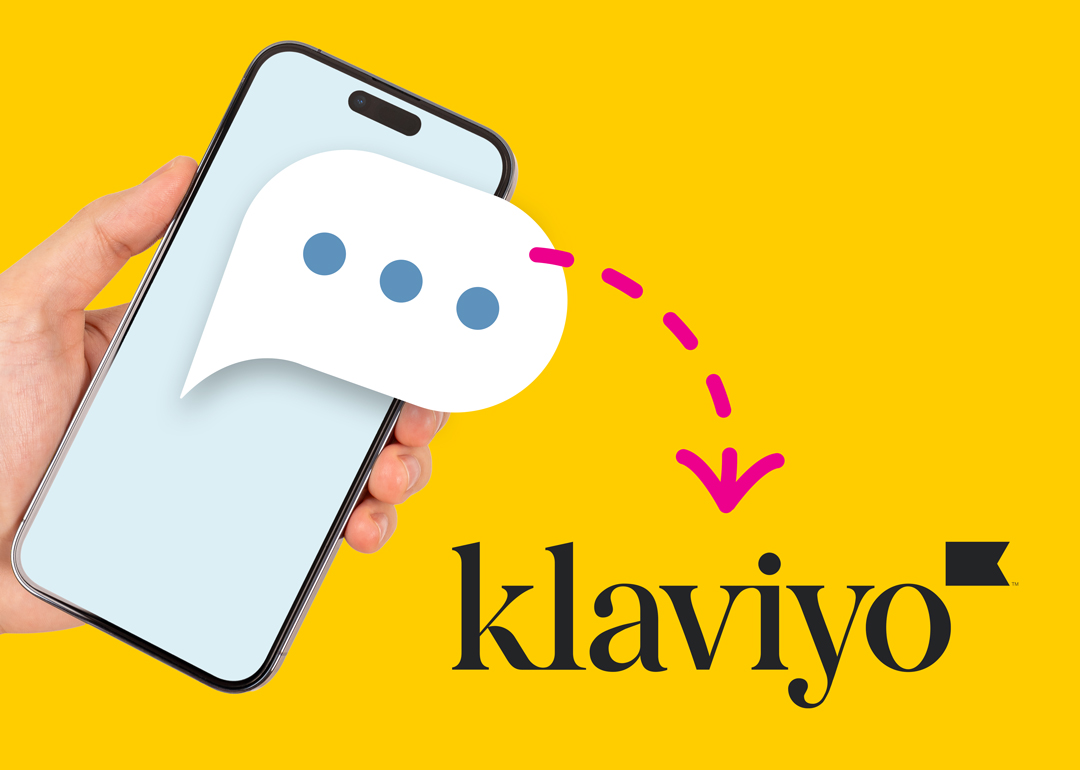More and more companies are employing chatbots not only as the frontline for customer service but also as a way to interact with customers and collect semantic data through live events, in-store interaction and digital spaces.
As chatbot algorithms continue to improve in the coming years, we’ll begin to see them as less of a gatekeeper to your product and more of a companion to your brand. A digital shepherd that simultaneously ushers users through brand touchpoints and learns from their feedback and requests to become more predictive.
With that, however, comes the danger of the uncanny valley—the point at which robots try to emulate human behavior, look and feel but don’t quite make it, and the plan backfires (even if intentionally). The machine becomes creepy, frustrating and simply “not quite right.” This odd effect, coined by Masahiro Mori in 1970, tanked Pixar’s Tin Toy in 1988 and is the reason why the closer we’re getting to lifelike machines, the creepier they seem.
Is uncanny valley a problem?
Right now, customer-facing AI systems like chatbots are still novel. They’re in the phase where consumers are poking and prodding, asking funny questions and testing the limits of AI algorithms. The chatbots are gradually gaining useful information, but most people generally understand when they’re talking to a robot and when they’re not.
Once AI gets so realistic that it’s hard to distinguish between robot and human, however, brands may start finding that the uncanny valley is not only a problem with physical appearance and even haptic feedback (in the case of VR) but also a problem with language, too.
The outer bound has always been complexity. And though that’s a receding obstacle as technology improves, the risk of chatbots improperly representing your brand through language is magnified because user expectations for both seamless and human-like experiences grow with every leap forward in AI capability.
What does this mean for the future?
Future businesses will likely look to replace human brand touchpoints with AI in the name of data collection, efficiency and cost reduction. If this process isn’t properly designed from a language standpoint to help users become more comfortable with an AI system, users will be creeped out. The key aspects of human-computer interaction need to be structured in line with brand voice and role.
Users will want to know that, yes, this AI system is equipped to guide them and answer questions. But it shouldn’t seem like it’s failing to be more human than it actually is. That’s a tough line to toe.
Need an example?
One company pushing the limits in this area is, of course, Google. Recently debuting their “Duplex” chatbot technology at their annual I/O conference, Google stunned the crowd with a demonstration in which a user scheduled a haircut through Google Assistant and the salon employee never realized she was talking to a robot.
This is certainly uncharted territory, and with this technology comes a host of questions. Should a chatbot identify itself? What are the friendliest ways to do that? How will the interaction be perceived if it isn’t perfect?
Thankfully, there’s User Experience (UX) Writing. It’s an emerging specialty that’s positioning itself to, among other things, safeguard against this not-so-distant problem that stands to push users away from your brand and tarnish community trust. UX writers are at the forefront of designing the language palettes, tone and conversation maps that form the chatbot skeleton around which artificial intelligence can be built.
UX writers are part of an evolving industry fusing behavioral psychology with independent-learning technology to understand the best ways brands can communicate with users and, perhaps most importantly, to avoid creeping them out with AI that can’t contextualize itself the way humans can.
In a swirl of procedurally generated content, AI exchanges and predictive big data, users will want to be able to see humanity driving the ship.
Interested in implementing an AI system?
So if you’re a business looking to implement AI systems into your user engagement strategy, be sure you get a UX writer/designer, brand planner and interactive developer together in a room with one goal: avoid the uncanny valley.
If you’re looking for chatbot, AI or other digital marketing expertise, or you’re just interested in developing a more positive outcome for your brand, please reach out to us today.
Disclaimer: No chatbots were harmed in the writing of this blog post.



